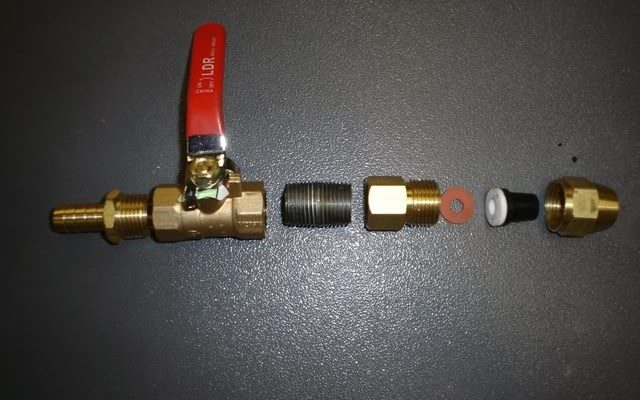Choosing the right sandblasting gun nozzle will make all the difference in the productivity of your sandblasting project. If your nozzle is too small, you won’t be able to get the same productivity from your sandblasting gun. However, if your nozzle is too big, you won’t be able to do a productive job either. The type of nozzle you need to get will be based on the air compressor. The nozzle you need will depend on how small it can be in order to maintain the air pressure at the volume your air compressor is supplying. You can use a chart that will help you figure out where your nozzle pressure should be.
A straight bore nozzle is not good for large areas, but should be used for blast cabinets and spot blasting or any other work that requires more intricacy. This shape will allow the particles to exit the nozzle in a tight stream, which produces a more narrow and concentrated blast, thus making it the perfect nozzle shape choice for these types of projects.
There are different variations of venturi nozzles. The long venturi nozzle helps produce an effect that accelerates airflow and particles. The long venturi nozzle will create a more uniform particle distribution than the bore nozzle and can produce up to 40{b3b47b4ce3613a8ae866741a21452b80454d4cde38f39b62399bbbfc1a1a9f3e} better production rates and will consume less abrasive. A double venturi nozzle will create a wider blast pattern by expanding the airflow through the nozzle. There is a venturi effect that you can get from certain nozzles, which means that when airflow accelerates when passing through constriction, there will be a drop in pressure.
A wide throat nozzle, when used with the right hose, can create better productivity over the long venturi nozzle. There are also extra long nozzles that help cover a longer distance, which will produce a larger blast pattern and lead to improved production rates.
Another consideration when choosing a sandblasting nozzle is the type of material that is in the lining. The harder the material the longer it will last, but it will be more expensive to replace when the time comes. Harder materials can also be more prone to cracking if they are handled roughly. There are four types of materials to choose from for nozzles, including tungsten carbide, silicon carbide, boron carbide and composite carbide.
Tungsten is the least durable, but it’s relatively cheap and is pretty resistant to impact. This is best for general abrasives. Silicon is similar to tungsten but it’s a bit lighter. The boron carbide is hard and durable, but can also be brittle. It does last ten times longer than tungsten. Composite is even harder than boron.
Remember that a sandblasting gun nozzle will wear out, so it’s important to note that a worn out nozzle requires more volume per minute in order to maintain your current pressure.


